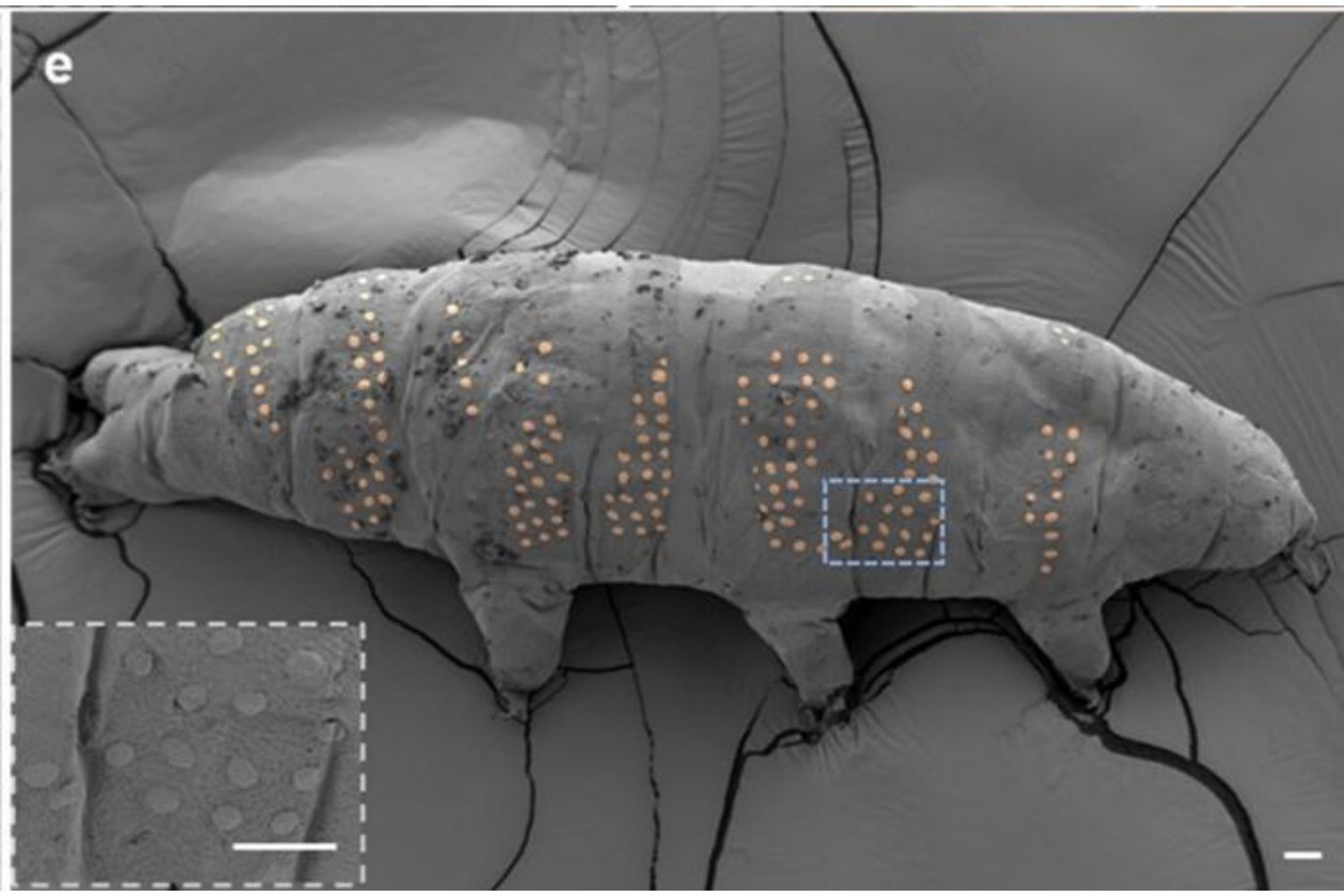Researchers at the University of California, Berkeley have achieved a groundbreaking feat: inducing human volunteers to perceive a color previously unseen by the human eye. This innovative technique, dubbed “Oz,” opens exciting possibilities for scientific exploration and could potentially revolutionize our understanding of color vision.
This breakthrough, detailed in a study published in Science Advances, bypasses the limitations of traditional color reproduction. Human color vision relies on three types of cone cells in the retina: S-cones (short wavelength), M-cones (medium wavelength), and L-cones (long wavelength). These cones respond to different wavelengths of light, creating the spectrum of colors we perceive. However, due to overlapping responses, particularly in M-cones, certain theoretical colors remain inaccessible to normal human vision.
The Oz system tackles this limitation by directly stimulating individual cone cells with precise microdoses of laser light. By targeting M-cones in a specific spatial pattern, the researchers were able to evoke the perception of a novel color they’ve named “olo.” This achievement marks a significant departure from conventional methods that manipulate the spectrum of light.
Five volunteers with normal vision participated in the study, describing olo as a blue-green hue of “unprecedented saturation.” To validate olo as a distinct color, the researchers conducted color matching tests. Volunteers attempted to match olo to the most saturated colors of the rainbow produced by a near-monochromatic laser. They could only approximate olo by reducing the saturation of the blue-green laser color, confirming that olo lies outside the natural boundaries of human color vision.
Previous research had only managed to stimulate a few cone cells at a time. The Oz system, however, can stimulate thousands simultaneously, opening up a wide range of potential applications. Co-lead researcher Hannah Doyle, a PhD student in electrical engineering at UC Berkeley, emphasized the broader implications of the technology. Current projects using Oz include simulating cone loss, mimicking the effects of retinal diseases in healthy individuals.
The research team is also investigating the possibility of simulating a fourth cone type, potentially allowing individuals with color blindness to experience the missing colors. This groundbreaking research suggests Oz could become a versatile platform for various experiments, pushing the boundaries of our understanding of color perception and treatment of vision disorders.
This breakthrough is more than just a scientific curiosity. While the ability to perceive olo is intriguing, the real potential lies in the future applications of the Oz system. Its ability to directly stimulate cone cells could revolutionize vision research and offer new hope for those with impaired color vision.











